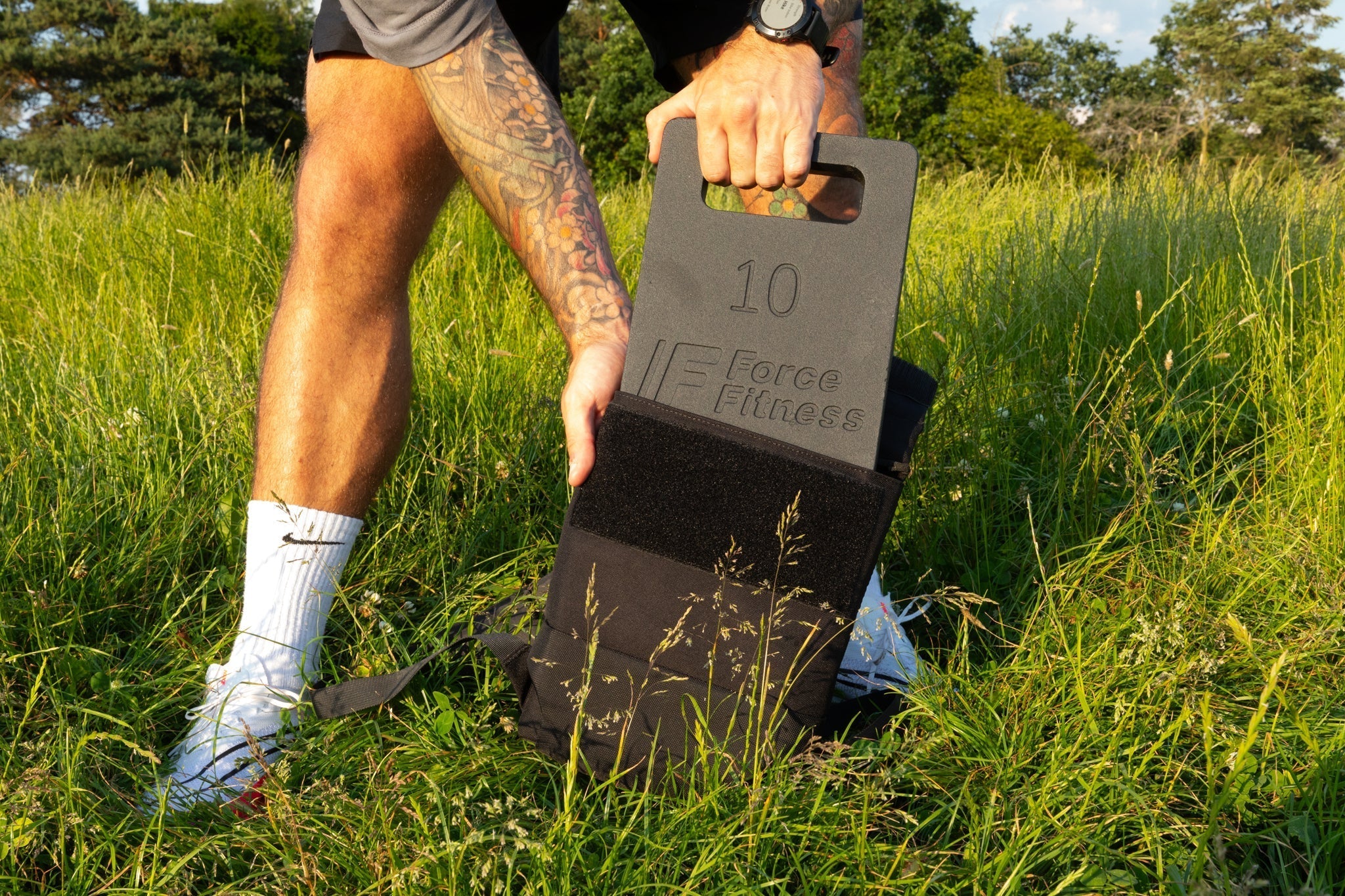
Why Spring is the Perfect Season to start Rucking
As the days grow longer and the temperatures rise, spring presents the perfect opportunity to take your rucking training to the next level. After months of cold, dark winter workouts or indoor training, spring offers fresh air, mild temperatures, and ideal trail conditions to help you build endurance and strength. The season serves as a natural transition, making it easier to ramp up your routine without the extreme heat of summer or the harsh conditions of winter.
Additionally, the longer daylight hours mean you can fit in rucking sessions before or after work, giving you more flexibility to stay consistent. Research indicates that outdoor fitness activities see a surge in popularity during the spring and summer months (The Guardian). The concept of 'green exercise'—physical activities conducted in natural environments—has gained traction in the UK, with studies highlighting its benefits for both physical and mental well-being (Wikipedia). More people take up activities like hiking, trail running, and paddleboarding during the warmer months, making spring an excellent time to integrate rucking into a fitness routine.
Whether you're a beginner looking to build endurance or an experienced rucker aiming to push new limits, gradually increasing weight and distance is key to avoiding injury and maximising performance. This guide will help you transition smoothly into a structured spring rucking plan.
Why Spring is the Best Time to Step Up Your Rucking Game
- Mild Weather Conditions – Warmer temperatures and longer daylight hours make for comfortable and enjoyable rucking sessions.
- Improved Trail Conditions – Snow and ice have melted, revealing ideal paths for both urban and trail rucking.
- Better Recovery and Adaptation – The transition from winter to spring allows your body to adjust more easily to increased activity levels.
Step-by-Step Plan to Increase Weight and Distance
Week 1-2: Establish a Baseline
- Start with a manageable weight (10-20% of your body weight) and a comfortable distance (2-4 miles).
- Focus on proper posture, foot placement, and pacing.
- Ruck 2-3 times per week to allow your body to adapt.
Week 3-4: Gradual Progression
- Increase your weight by 2-5 kgs, depending on comfort level.
- Extend your distance by 1-2 miles per session.
- Add an incline challenge by incorporating slight elevation changes.
- Maintain hydration and proper nutrition to support increased activity.
Week 5-6: Intensify Your Workouts
- Boost weight by another 2-5 kgs and aim for 6-8 mile rucks.
- Introduce interval rucking (alternating between fast and moderate paces).
- Explore new routes with varied terrain to challenge different muscle groups.
- Strengthen supporting muscles with squats, lunges, and core exercises.
Week 7-8: Peak Training and Adaptation
- Work towards carrying 15-30% of your body weight if aiming for high-intensity rucking.
- Target distances of 8-12 miles for endurance-building.
- Experiment with different carrying techniques, such as shifting weight positioning.
- Continue prioritising recovery with proper stretching and rest days.
Tips for Safe and Effective Progression
- Listen to Your Body – Avoid overtraining by recognising signs of fatigue and soreness.
- Adjust for Weather Changes – Spring can be unpredictable; wear moisture-wicking clothing and stay prepared for sudden rain.
- Stay Hydrated and Fueled – Warmer temperatures mean increased sweat loss, so replenish fluids and energy levels.
- Invest in the Right Gear – Upgrade to lightweight, breathable materials for maximum comfort.
Spring is the perfect time to ramp up your rucking routine and challenge yourself to new heights. By following this structured plan, you’ll gradually build endurance, strength, and resilience while enjoying the beauty of the season.
Gear up for your spring rucking sessions with the best equipment at Force Fit and make the most of the great outdoors!


















